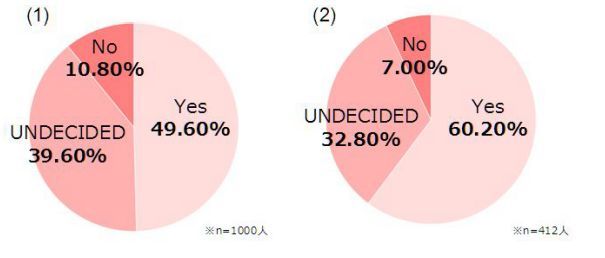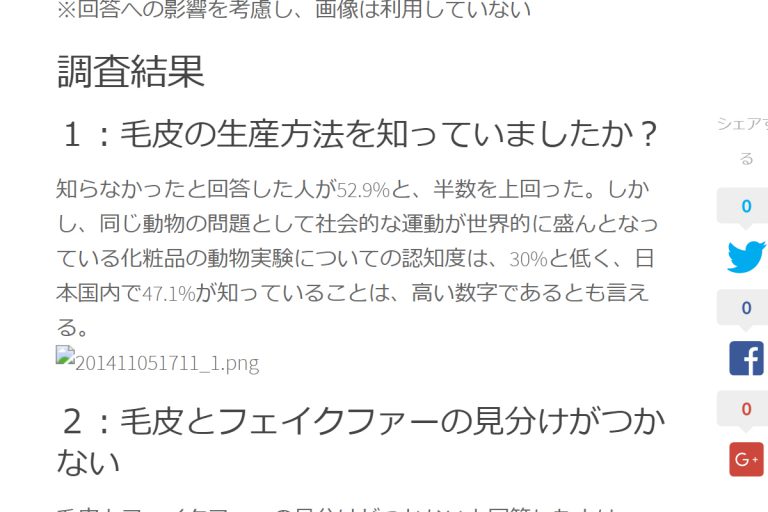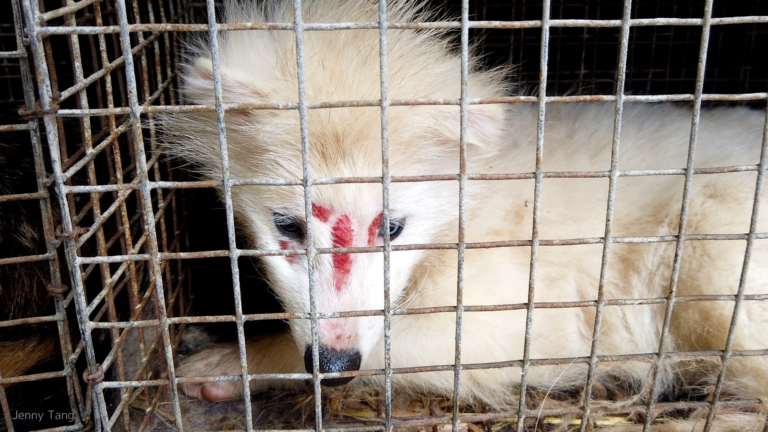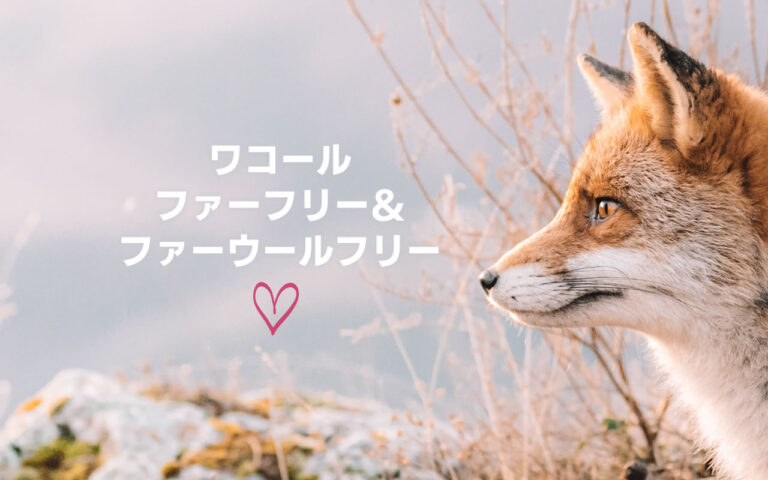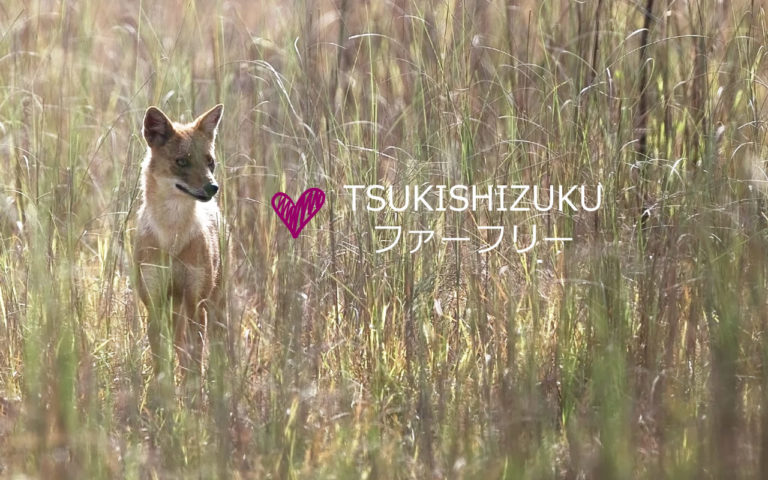The Animal Rights Center Japan conducted a survey to find out what people in Japan think about
real fur and whether they want to purchase it.
Results of the survey:
The number of people who actively want real fur is very low.
There is a strong trend against buying real fur, among women and young people.
In general, people who purchase fast fashion, don’t want to buy real fur.
A large number of people can’t tell the difference between real, and faux fur
Summary
#Only 1.8% of respondents like and want to buy real fur.
#A large number of people who buy fast fashion are aware of the issues surrounding fur, and are against real fur.
Background to this survey
In the past, fur used to be worn for warmth. However, (in general) it is no longer used for this purpose in developed countries.
Fur used to be seen as a luxury material, but due to large scale production of fur in China, it is now losing it’s luxury image and, is increasingly, being used as a cheap material to be added to clothes as a trim, or used as an accessory, etc.
Reports from the September 2014 fur auctions in Finland and Denmark show a marked decrease in the price of mink, when compared to 2013.
Sales at the Copenhagen fur auction were down 40%.
At the Finland Saga Furs auction, the average price of mink was also down 55%.
In many other areas of the world the demand for fur is also going down.
In China where there has been, of late, a big demand for luxury items like fur coats, the demand for fur is now going down. This can be attributed to image problems due to bribery.( In China fur coats are often used as bribes ) And also due to the growing animal rights movement in China.
In Japan, too, there has been a change in the last 10 years.
There is only one fur production facility left in Japan, in Niigata prefecture. (And proceedings are at present underway to shut this facility down due to illegal practices).
The amount of fur being imported, as a material, has dropped from 223,223 items (114,140Kg) in 2006, to 49,615 items (24,796Kg), in 2013 – a steep drop of 78%.
The amount of clothing imported from China, that uses fur, has fallen by 36% (items). – A drop of 48% in terms of kilograms.
All over the world, the use of real fur, as a material, is closely connected with issues surrounding animal rights and welfare, and, there are active anti-fur movements all over the world.
A ban on raising animals for fur is currently under consideration in many European countries.
Recently in China the first ever fur-free fashion show was held in Beijing.
Here, in Japan, the anti-fur movement started in 2005 and is now spreading fast all over the country.
As the terrible effect( due to dangerous chemicals etc) the fur industry is having on health, and the environment ( especially in China) becomes more and more clear, the anti-fur movement is expected to grow stronger.
Due to this situation, the number of companies turning away from fur is increasing.
In 2014 the Inditex group (Zara) announced a fur free policy.
In Japan, Uniqio and Muji also have fur free policies in place.
Survey details:
Survey conducted by an ordinary survey company.
Survey term: 2014/9/24 – 9/26
Survey group: People registered with the survey company, aged 18-39,
1,000 people ( both male and female)
Survey method: An online survey, using smart-phones.
Survey on behalf of: NPO Animal Rights Center.
* In this survey “ fur” means “real fur”
*This survey consisted of questions without images.
Results of the survey:
1.Did you know how fur is made?
52.9% answered NO.
(Compared to the number of people in Japan (around 30%:survey by LUSH Japan Ltd. 2013) who are aware of issues surrounding animals and testing for cosmetic products.
The number of people (47.1% )who seem to be aware of issues to do with fur production appears to be quite high.)
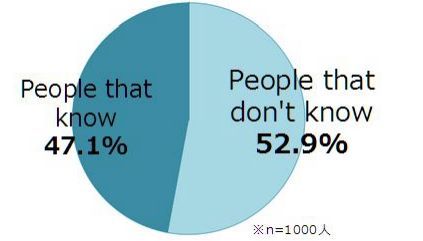
2.Can you tell the difference between fur and faux fur?
37.8% of respondents said they couldn’t tell the difference between real and faux fur.
(This suggests that, faux fur is becoming to be very realistic looking.
A street questionnaire also showed that many people were unaware if the fur they were wearing was real or fake and they can’t tell the difference.)

3.Do you feel sorry for animals used for fur?
61.2% of respondents answered YES, to this question. (1.)
Only 9.7% answered NO.
( This shows that many people feel sad that animals have to suffer for fur).
Among the people who purchase fast fashion this figure was even higher at 69%.(2)
60.4% of women answered YES to this question, compared with 46.3% of men.(3)
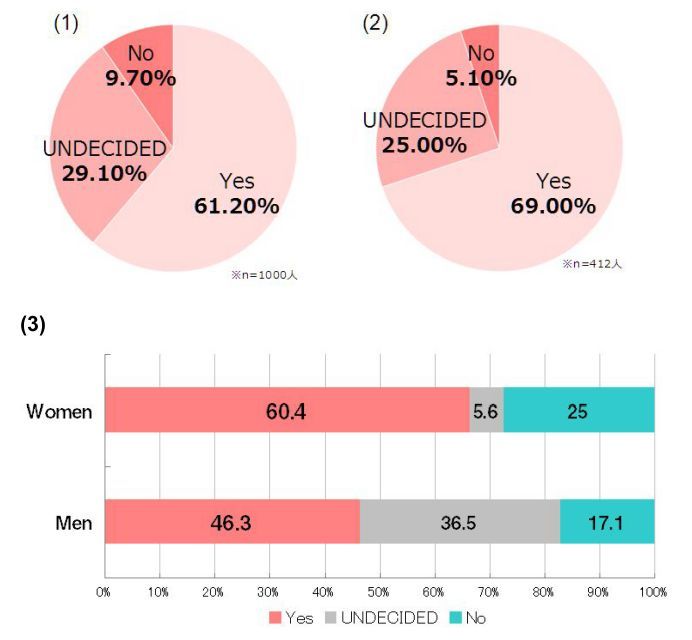
4.Do you want to buy fur?
49.1% of respondents answered, UNDECIDED
(Showing that many people don’t have a position on fur, or, are unaware of the issues surrounding fur.)
Only 8% answered YES.
(This shows that the number of people who really want to buy/wear fur is very low.)
The number of people who purchase fast fashion and don’t want fur was lower than that for the general group at 52.2%
5.Do you like products with fur?
Only 1.8% of respondents answered YES to this question.
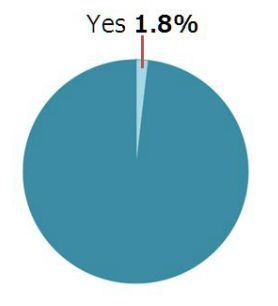
1.Do you think it would be better for companies to make products from fake fur?
49.6% of respondents answered YES to this question.
(Showing a demand for fake fur products).
This figure rose to 60.2.% among fast fashion consumers.
